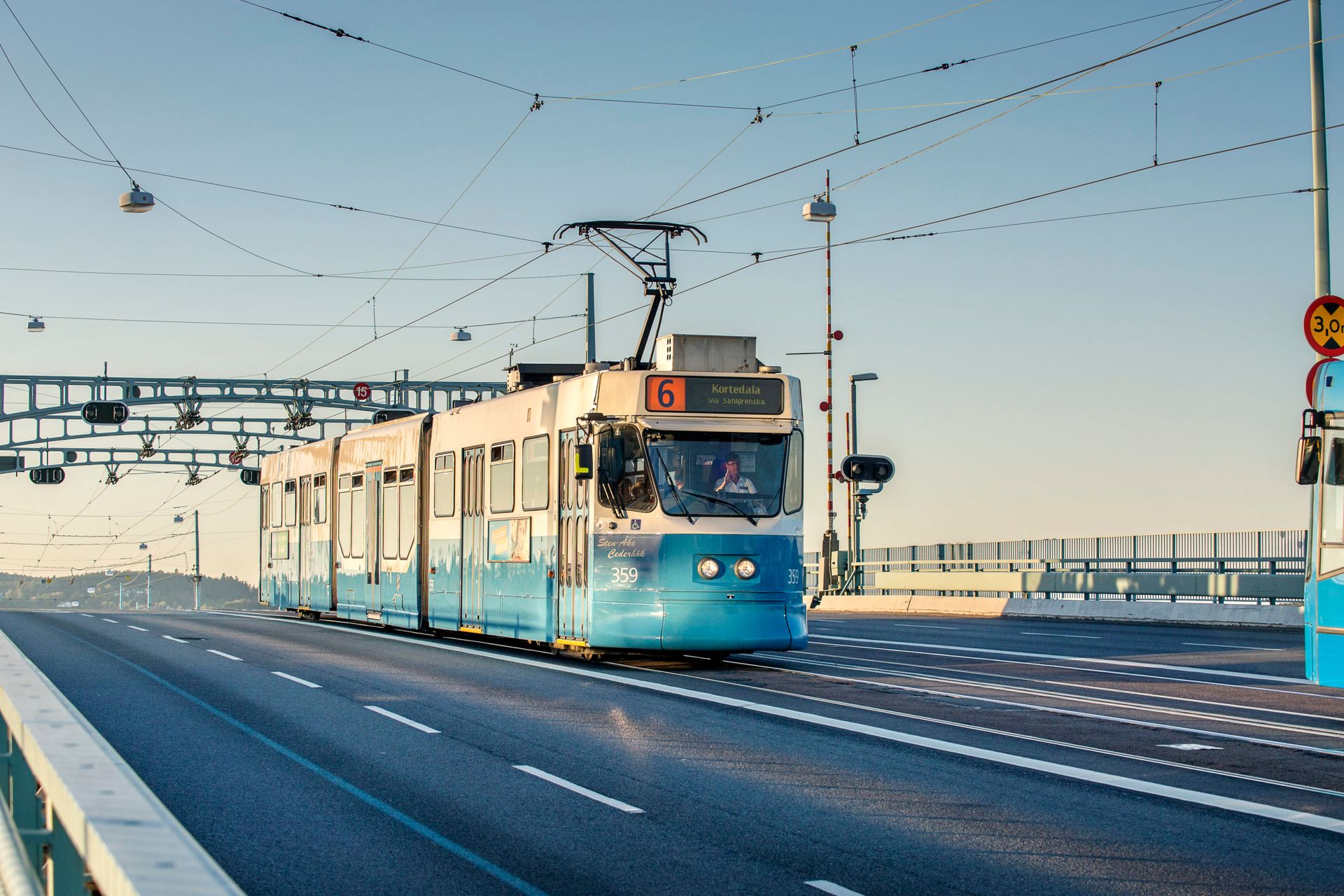
Written by Andrés
23 Apr 2018
Starting your degree in a new country not only means changing schools. It means changing a lot of things, some of them not so obvious at the beginning. For example, the way you buy groceries back home might not be the same as in Sweden; the study rooms at your home-school might look different; also, the way you commute to school probably will be different. So, in this post, I will explain to you guys how public transport works in Sweden.
morePublic transport in Sweden is a synonym of efficiency. When I was living in Mexico City, I would rarely use the public transport. The buses are unpredictable, the subway is overrun by people, and we don’t really have a train network to travel from one city to the other. But enough about Mexico, we are here to talk about Sweden.
In Sweden, the public transport works incredibly well. I remember my first experience using the bus in Stockholm. I was traveling with my dad and we had to catch a plane early in the morning, we asked the guy at the hotel reception — “where we could take a bus to the central station?” and he replied — “the bus stops here at 4:23 am“. My first thought was “4:23. That’s a very specific time”. To be honest, I was super skeptical, and my dad as well. We were at the bus stop like 15 minutes before just in case the bus was early. To our surprise, the bus arrived at the stop 4:23 sharp. I was amazed by how a proper timetable can change the way you commute (we don’t have timetables in Mexico, you just stand on the sidewalk and wait till the bus comes). That was in February of 2016.
Fast forward to August 2016. The first week in Gothenburg, I was a bit scared about the public transport. Everything was different. Even the way you buy a ticket. So, naturally, I got lost a couple of times. Public transport in Sweden has some funny particularities. Dena explains quite good how you use public transportation in Sweden. On top of that, you can find some good memes online about Swedes using the public transport. By now, you know a few things; public transport is well planned and typically on time, you know where to sit on the bus/tram/subway and how to wait for the bus/tram/subway stop. So, let’s move on to the practicalities.
Public transport in Gothenburg consists of buses, trams, and ferries. There are various types of tickets according to each municipality transport system. You can purchase a single, 30-days or 90-days ticket at any kiosk, information center, or even in the app. To give you an example; a student ticket for 90-days costs 1270 SEK if you travel inside the Gothenburg – Helenedal region (most student apartments are within that area). You can find the period-tickets in all the available regions here. With the same ticket, you can take the bus, the tram or the ferry.
Single ticket (90min) — 27 SEK if you use the app, 30 SEK if you buy it anywhere else.
30-day ticket — 470 SEK within the Göteborg – Helenedal region.
90-day ticket — 1270 SEK within the Göteborg – Helenedal region.
You can browse through all the available tickets here. Also, Gimmy made a numerical analysis of the period ticket worthiness. You can read it here.
A few months ago I wrote about the essentials of biking in Sweden. But, I have to say…I haven’t used my bicycle for a while. So, instead of pretending I know all that there is to be known about cycling I asked my flatmate (Timon) the following questions: What are your thoughts on cycling in Sweden? and, how much money a year does it cost to bike (maintenance, new parts, clothing, etc)?
This is his answer:
Timon — Of course, the sky is the limit on what you can spend here but in general, if we are talking biking everyday and everywhere you’ll want an I’d say at least 6000 SEK bike. Fenders and lighting are a must in Gothenburg and probably all around Sweden. You’ll also need a good backpack or a carrier and a bag, that’s probably another 1000 SEK. Winter tires will cost you 700 SEK and are a must if you want to be able to cycle in all weathers. Gloves, waterproof pants, waterproof jacket and waterproof foot covers put you at another 2000 SEK. But if you have all this stuff you are set for a couple of years. For maintenance, you have to plan up to 3000 SEK a year I’d say. If something breaks this, of course, gets higher. Gothenburg is really nice for cycling, with well-maintained bicycle roads which are most of the times well separated from the car tracks. Cars usually are quite aware of cyclists and stop for you. Prepare for rain, wind, a lot of wind and mountains, a lot of mountains though.
In terms of clothing you can, of course, pay as much as you want but usually, you should be able to cycle with the clothes you have. However, if you start to cycle daily you will naturally start to look for bike wear and stuff all the time. Cost wise I’d say around 10000 SEK once and then probably around 4000 a year for maintenance and clothing.
My bicycle is a bit old but it works quite fine. A friend gave it to me when he moved back to France so, I got it for free. I only had to fix a flat tire and buy a lock but that was easy. After that, I had a functional bicycle. Like Timon said if you cycle every day you naturally will start looking for better gear and better clothing, but if you are a casual cyclist then I would say you don’t need that much. There is a bicycle workshop (like a car wrecker or car junkyard) in Gothenburg where you can get a broken bicycle for 50 SEK. Additionally, they will help you to repair it and let you take spare parts from their assortment. If they don’t have the spare then you might have to buy it.





